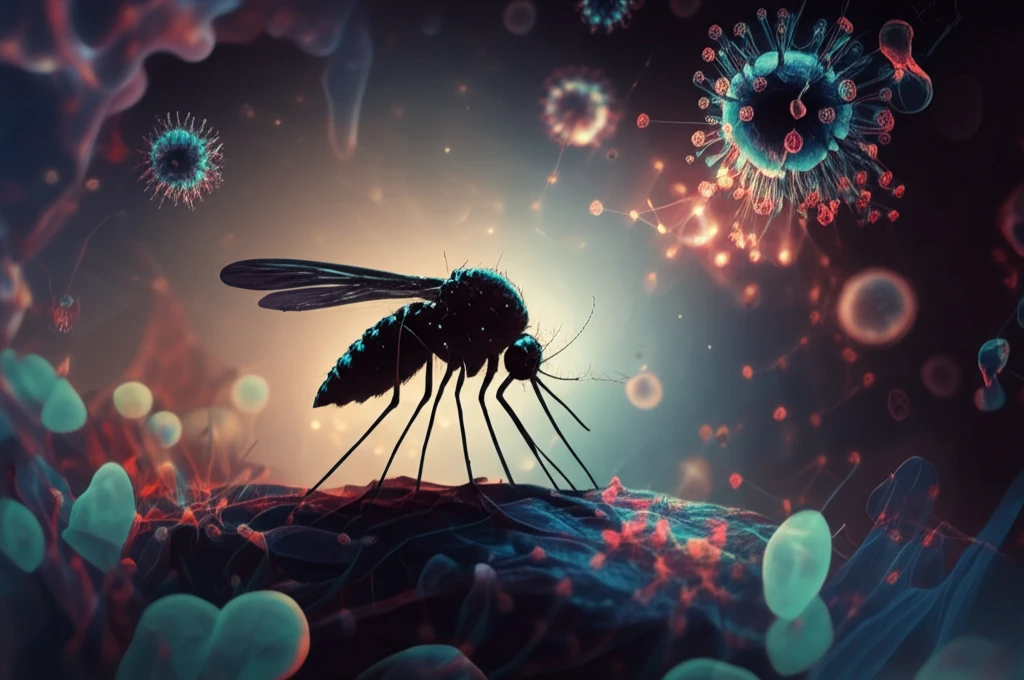
Mosquitoes' Hidden Threat: Unveiling the Yichang Virus and the Future of Global Health
"A groundbreaking discovery in China sheds light on a novel virus carried by mosquitoes, raising important questions about emerging infectious diseases and public health preparedness."
For years, mosquitoes have been known carriers of diseases, such as malaria and Zika virus. Recent research has uncovered a new threat: the Yichang virus. Isolated from Culex mosquitoes in Hubei, China, this novel virus presents a new challenge to global health.
The study, which details the isolation and characterization of the Yichang virus, highlights the potential for insect-borne viruses to emerge and spread. Understanding the Yichang virus is critical to developing effective strategies for disease prevention and control.
This article will break down the key findings of the research, explore the characteristics of the Yichang virus, and discuss its potential implications for public health, offering insight into what this discovery means for our future.
Decoding the Yichang Virus: What Makes it Unique?

The Yichang virus, belonging to the Mesoniviridae family, exhibits unique traits that set it apart from other known viruses. Researchers found that it could reach high viral RNA copies within 48 hours in mosquito cells. Electron microscopy revealed that the virus appears as spherical particles, about 80 nm in diameter, with large club-shaped projections.
- High viral RNA replication rate in mosquito cells.
- Spherical structure with distinctive club-shaped projections.
- Significant genetic divergence from other mesoniviruses.
- Moderate cytopathic effects (CPE) in C6/36 cells.
The Future of Virus Research
The identification of the Yichang virus underscores the importance of ongoing research into insect-borne pathogens. Continued surveillance and characterization of novel viruses are essential for safeguarding global health. Understanding the evolutionary relationships and potential impacts of viruses like Yichang can drive the development of targeted prevention and treatment strategies, ensuring we are prepared for future emerging threats.
